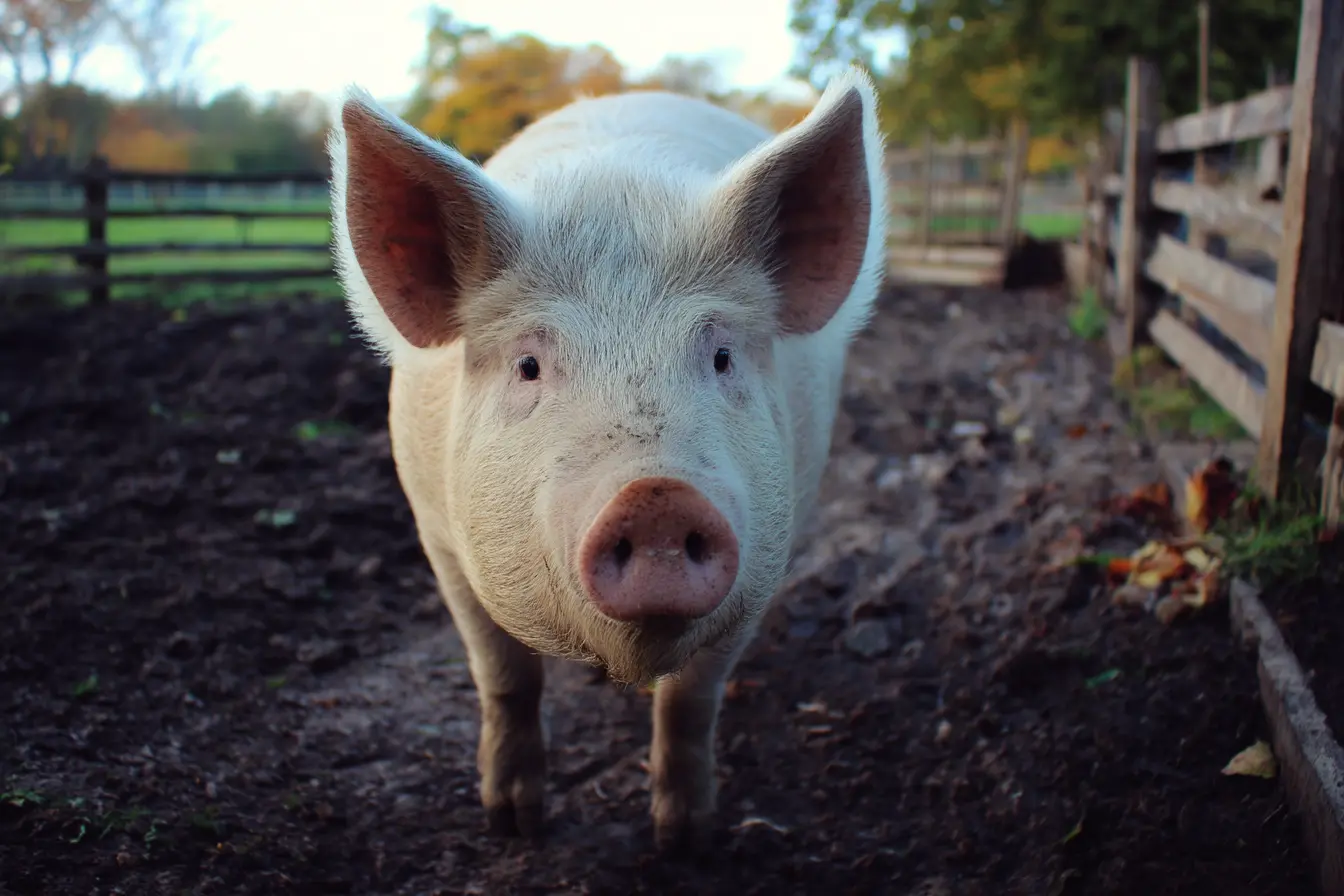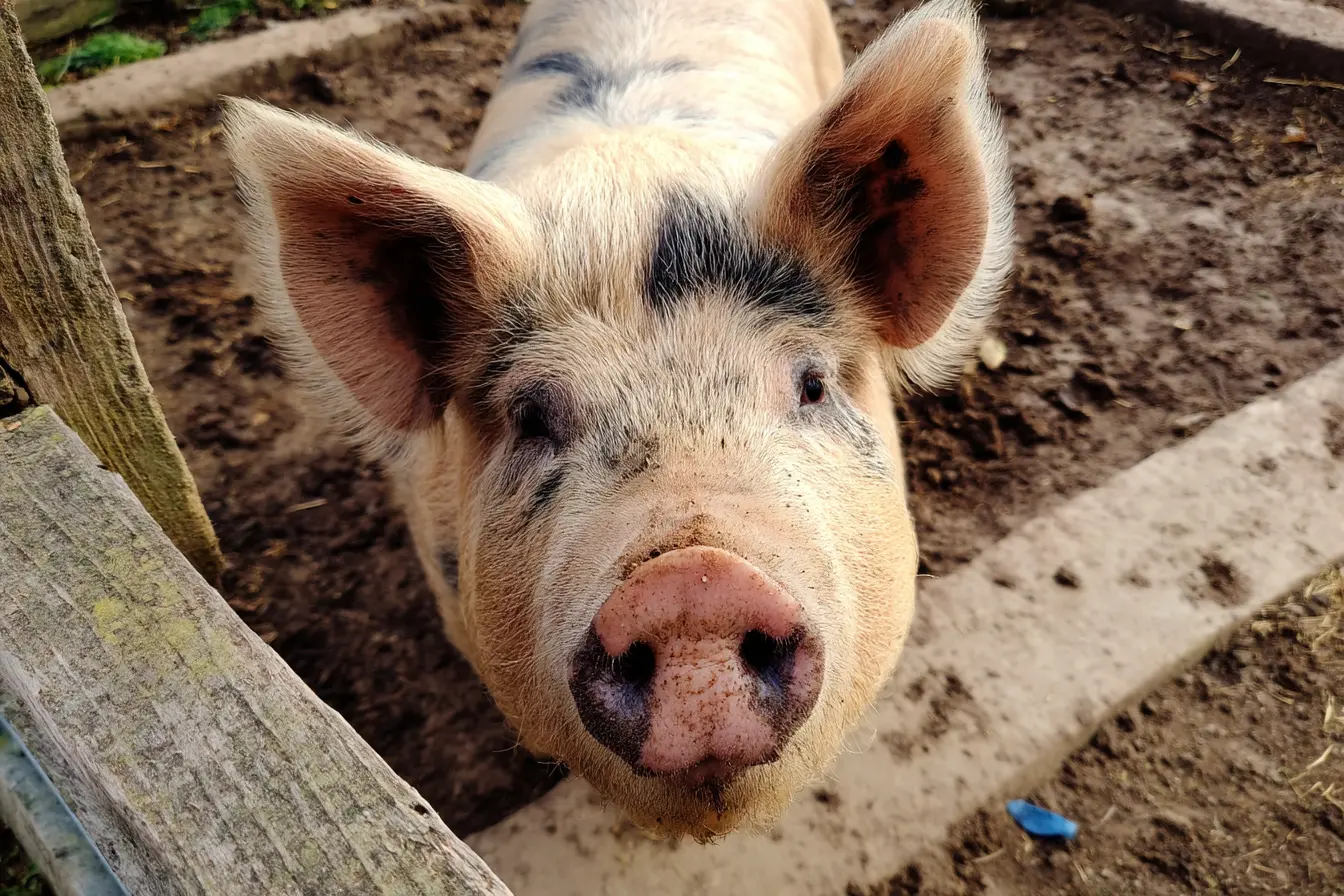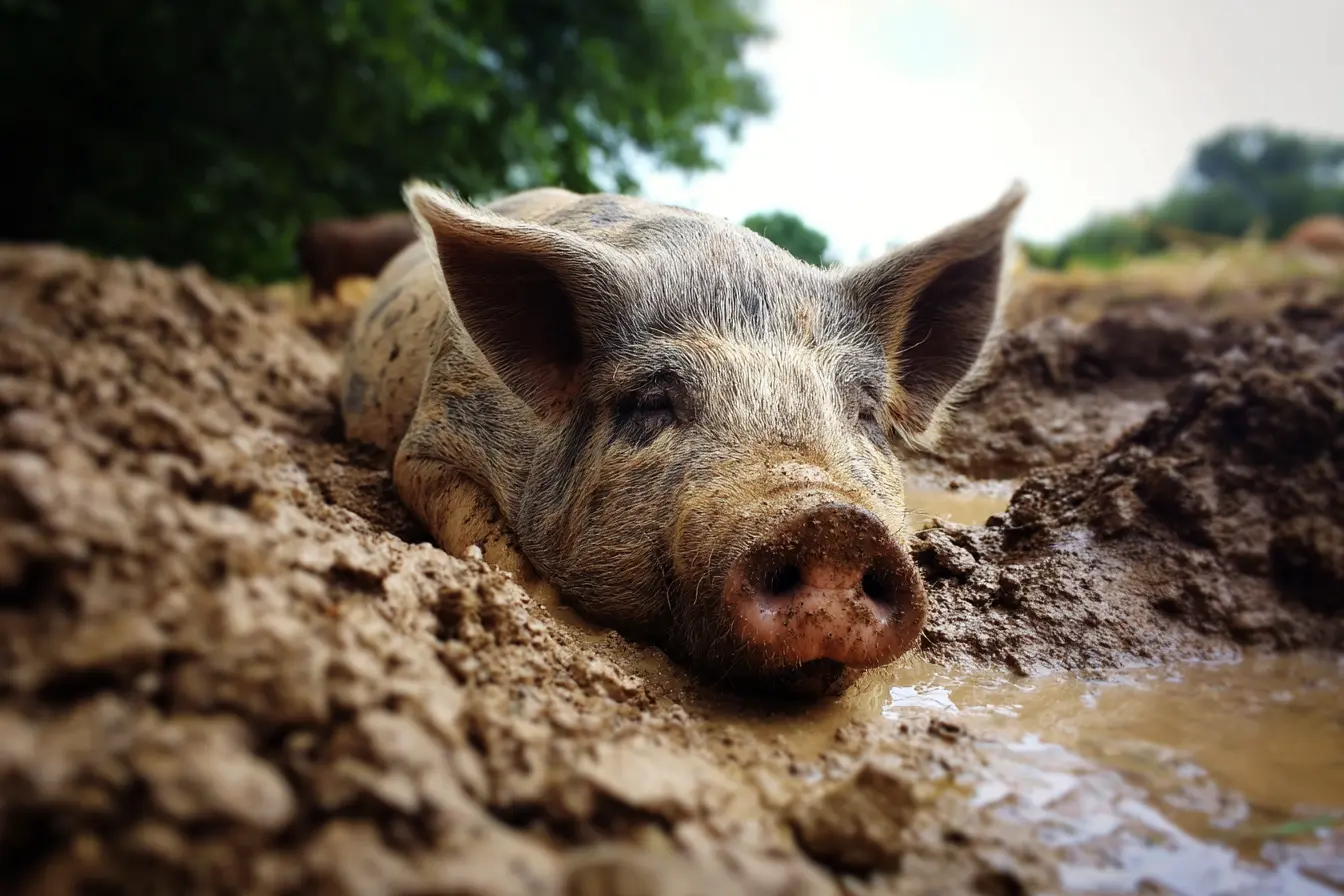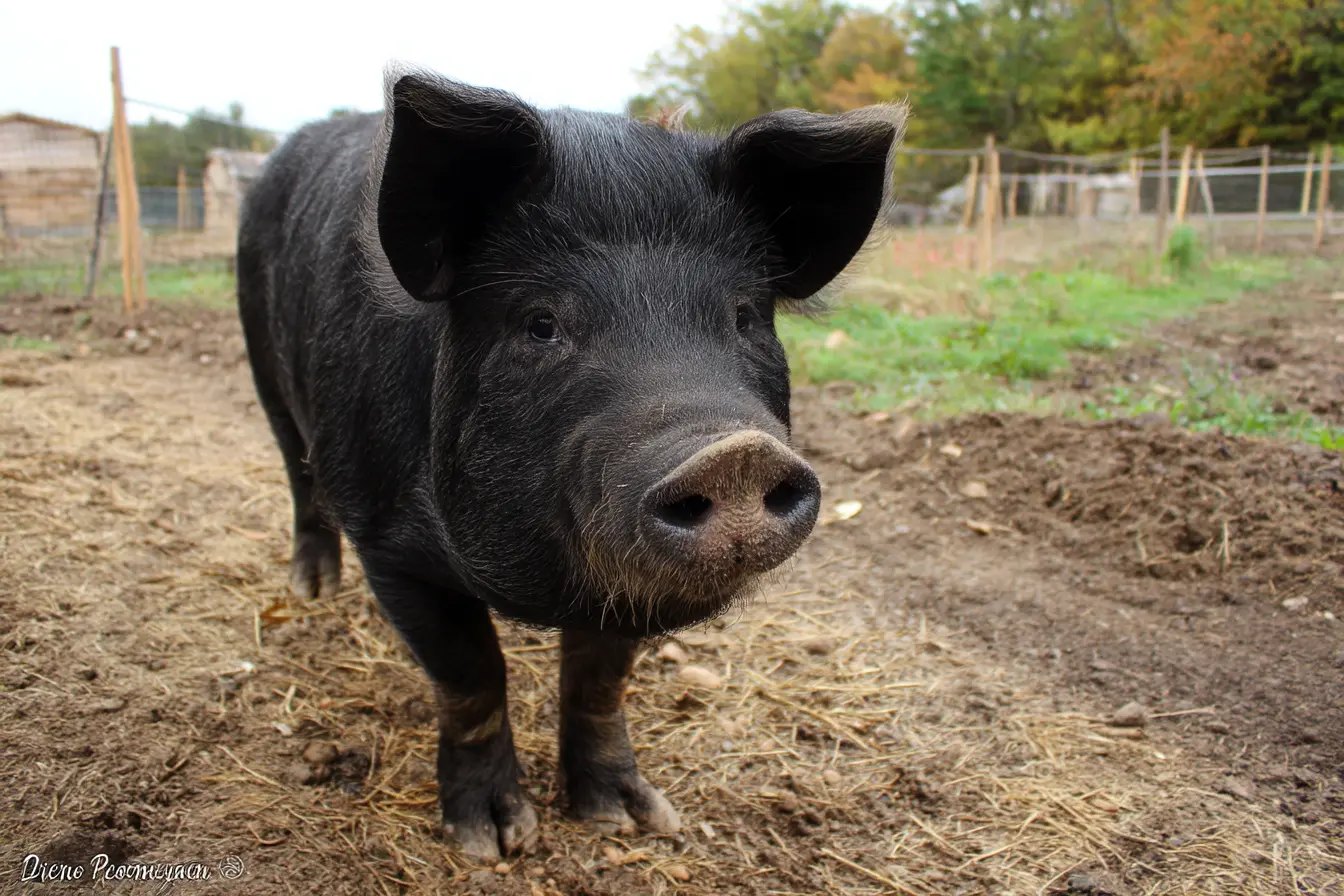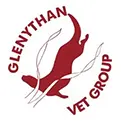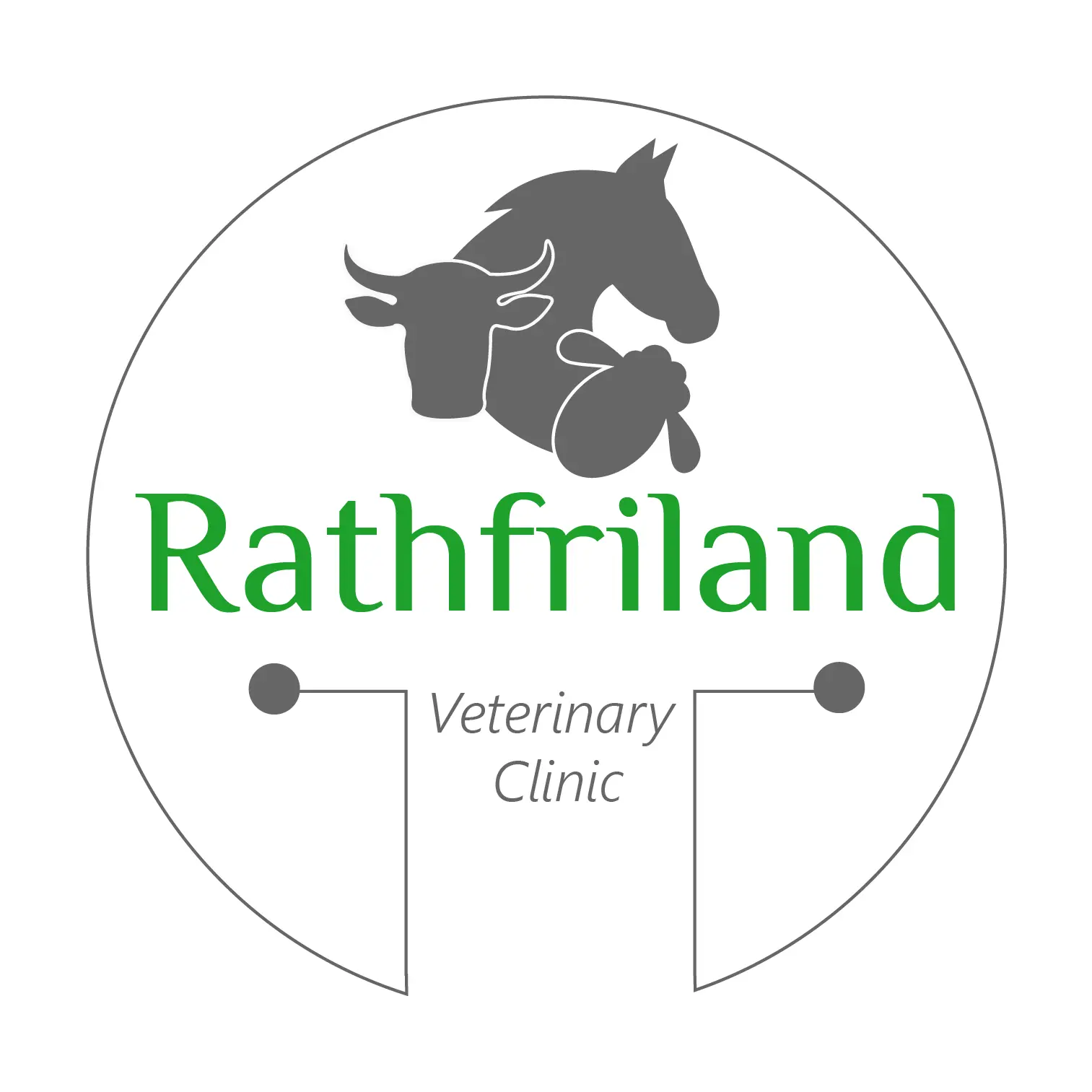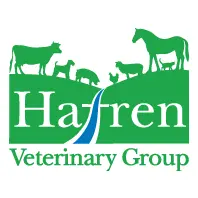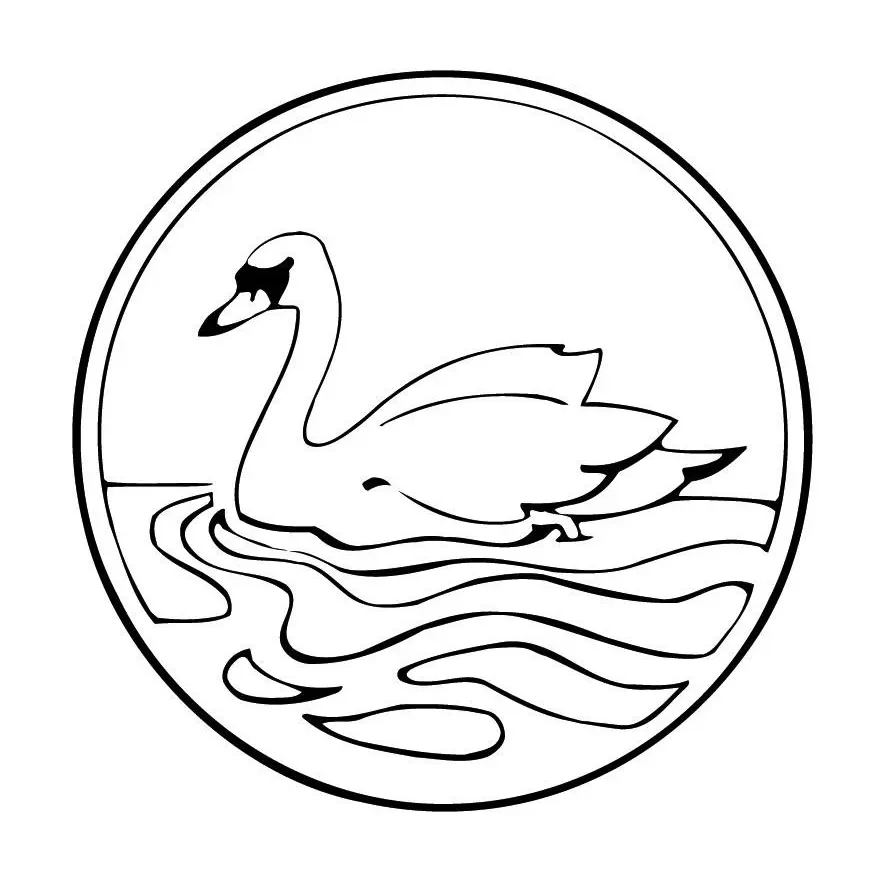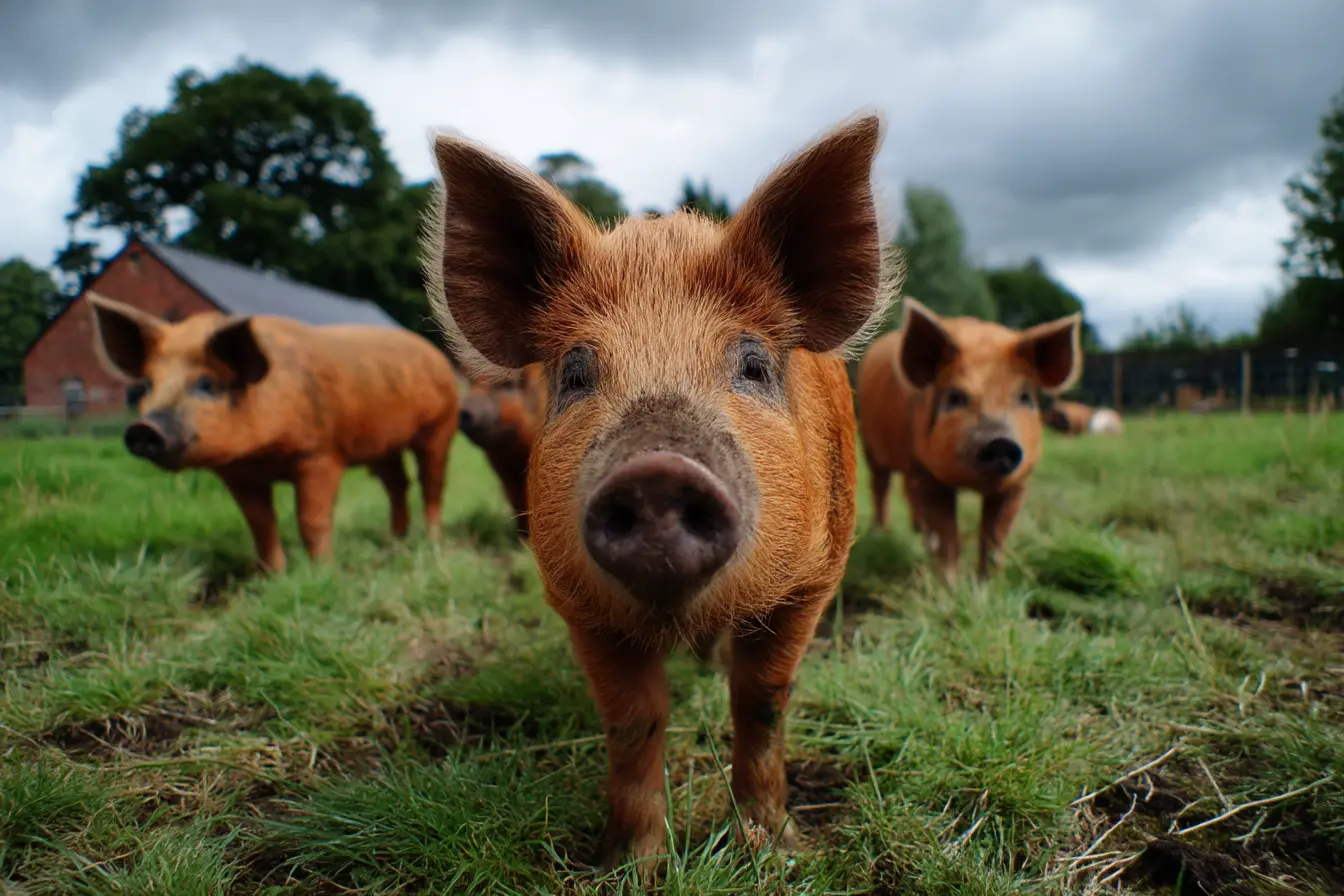
A Complete Guide to Caring for Tamworth Pigs
Tamworth pigs are one of the oldest native pig breeds in the UK, renowned for their hardiness, excellent foraging ability, and high-quality meat. Often referred to as the "ginger pig" due to their distinctive reddish coat, they are a popular choice for smallholders and traditional farmers who want a low-maintenance breed that thrives in outdoor systems.
If you’re considering keeping Tamworth pigs, this guide will provide you with everything you need to know about caring for this unique breed, including housing, feeding, breeding, and general health care.
A Brief History of Tamworth Pigs
The Tamworth pig is believed to have originated in the Midlands town of Tamworth in the early 19th century. The breed is thought to have descended from wild boars crossed with domesticated pigs. Historically, Tamworths were kept by small farmers and cottage holders who allowed them to roam freely and forage for food.
Tamworth pigs are now recognised as a rare breed and are highly valued for their role in producing traditional, high-quality pork.
Key Characteristics of Tamworth Pigs
Tamworth pigs have several distinct traits that make them well-suited to outdoor systems:
- Coat: Reddish-gold, providing good protection from sunburn.
- Size: Medium-sized. Boars can weigh up to 300kg, and sows around 250kg.
- Temperament: Generally friendly and docile, but can be more energetic and independent than other breeds.
- Foraging Ability: Excellent foragers who thrive in woodland and pasture-based systems.
- Meat Quality: Renowned for producing lean, flavourful pork and bacon with excellent marbling.
Housing for Tamworth Pigs
Tamworth pigs are well-suited to outdoor living due to their hardy nature, but they still require adequate shelter to protect them from extreme weather.
Shelter Requirements
- Outdoor Housing: Provide a sturdy, weatherproof shelter such as a pig ark or hut. It should be well-ventilated, dry, and large enough to accommodate your pigs comfortably.
- Bedding: Use straw or wood shavings as bedding to keep the shelter warm and dry. Regularly clean the shelter to maintain hygiene and prevent disease.
Fencing
- Secure Fencing: Tamworths are strong and curious pigs with a natural instinct to root and explore. Ensure your fencing is robust and secure. Electric fencing or post-and-rail fencing with mesh is recommended.
- Rotational Grazing: To keep pastures healthy and reduce the risk of parasite build-up, practise rotational grazing by moving your pigs to fresh ground regularly.
Feeding Tamworth Pigs
Tamworth pigs are excellent foragers, but they still need a well-balanced diet to ensure they grow properly and stay healthy.
Diet
- Pig Feed: Provide a high-quality pig feed that contains essential nutrients, including protein, fibre, and minerals.
- Foraging: Allow your pigs to forage in pasture or woodland areas. This helps supplement their diet and keeps them mentally stimulated.
- Fruit and Vegetables: You can supplement their diet with fresh fruit and vegetables, but avoid feeding anything toxic or spoiled.
Water
- Ensure your pigs have access to fresh, clean water at all times. Pigs can drink a significant amount of water daily, especially in warm weather.
Breeding Tamworth Pigs
Tamworth pigs are known for their strong mothering instincts and can be a good choice for breeding.
Breeding Tips
- Age to Breed: Sows can be bred from around 10-12 months of age, and boars can be used for breeding from 12 months.
- Gestation Period: The gestation period for pigs is approximately 114 days (3 months, 3 weeks, and 3 days).
- Farrowing: Provide a warm, comfortable farrowing area for the sow to give birth. Tamworth sows are typically good mothers, producing healthy, vigorous piglets.
Health Care for Tamworth Pigs
Keeping your Tamworth pigs healthy is essential to their wellbeing and productivity. Below are some key health care tips:
Vaccinations
Work with your vet to establish a vaccination schedule. Core vaccinations typically include protection against:
- Erysipelas
- Porcine Parvovirus
- Leptospirosis
- Clostridial diseases
Deworming
Pigs should be dewormed regularly to control internal parasites. The frequency of deworming will depend on your farm’s specific conditions and your vet’s advice.
Common Health Issues
- Sunburn: Although their reddish coat offers some protection, Tamworth pigs can still suffer from sunburn. Ensure they have access to shade and wallows during hot weather.
- Foot Care: Regularly check your pigs’ hooves for signs of overgrowth or injury.
- Overgrown Tusks: Boars may develop overgrown tusks, which can cause injury. Regular trimming may be required.
Behaviour and Handling
Tamworth pigs are generally friendly and easy to handle, but they are also active and independent.
- Calm Approach: Approach your pigs calmly and avoid sudden movements or loud noises that may startle them.
- Positive Reinforcement: Use food to build trust and encourage cooperation.
- Training: Pigs are intelligent animals and can be trained to follow basic commands and respond to their names.
Why Choose Tamworth Pigs?
There are several reasons why Tamworth pigs are a popular choice for new pig owners:
- Hardiness: Tamworth pigs are well-suited to outdoor systems and can thrive in a range of climates.
- Foraging Ability: They are excellent foragers, making them a good choice for pasture-based farming.
- High-Quality Meat: Tamworth pigs produce lean, flavourful pork and bacon, which is highly sought after by butchers and chefs.
- Conservation: Keeping Tamworth pigs helps preserve this rare breed and contributes to the protection of traditional British livestock.
Final Thoughts
Tamworth pigs are a fantastic choice for smallholders and new pig owners looking for a hardy, low-maintenance breed. By providing proper housing, a balanced diet, and regular health care, you can ensure your Tamworth pigs thrive and remain healthy. Their excellent foraging ability, friendly temperament, and high-quality meat make them a valuable addition to any farm or smallholding.
Always work closely with your vet to establish a health management plan, and enjoy the rewarding experience of raising this historic British breed.
Related Vets
Vets near you
Speciality vets
- Aquatics vet specialists
- Birds vet specialists
- Camelids vet specialists
- Cats vet specialists
- Cattle vet specialists
- Deer vet specialists
- Dogs vet specialists
- Equines vet specialists
- Exotic vet specialists
- Goats vet specialists
- Pigs vet specialists
- Poultry vet specialists
- Sheep vet specialists
- Small Mammals vet specialists
- Wild vet specialists
